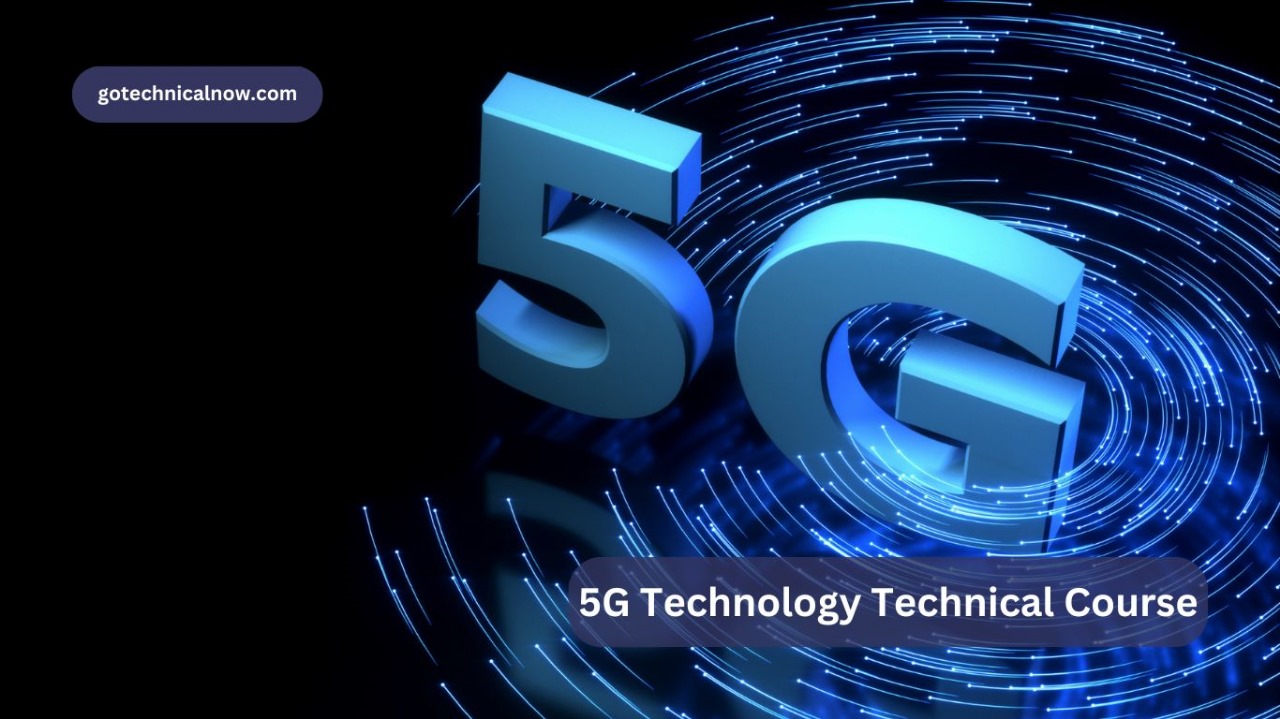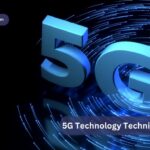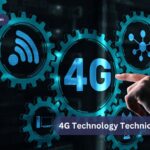Welcome to our comprehensive 5G-NR Technology Course, meticulously designed to provide a robust understanding of 5G New Radio (NR) technology, as delineated by the 3GPP standards and specifications in Release 15. This course is structured to offer an in-depth introduction to the NR air interface, emphasizing the design principles of PHY, MAC, and RRC layers and their implications on performance and deployment.
Targeted at individuals with a background in LTE, this course dives directly into the nuances of 5G requirements, system architecture, and protocol layers. Participants will gain a clear understanding of the physical layer structure, channels, and signals. The curriculum also covers resource allocation schemes, channel sounding, MIMO features, and beam management, providing a holistic view of 5G technology. Additionally, the course elucidates the step-by-step process a User Equipment (UE) follows from downlink synchronization to uplink access and operation in connected mode under power-saving and mobility procedures.
Course Content Overview
1. Physical Channels Design and Structures
- Logical, Transport, and Physical Channels: Gain insights into the fundamental differences and functionalities of these channels.
- BCH and Synchronization Signal Block (SSB): Understand the importance of broadcast channels and synchronization signals in the 5G framework.
- PDCCH Structure and DCI Signaling: Learn about the physical downlink control channel and its role in resource allocation and scheduling.
- PDSCH and PUSCH Structure and PHY Processing: Dive into the physical downlink shared channel and physical uplink shared channel, understanding their structures and processing techniques.
- PUCCH and PRACH Structure and Formats: Explore the physical uplink control channel and physical random access channel, focusing on their structures and various formats.
2. Physical Layer Reference Signals
- DL and UL Demodulation Reference Signals (DMRS): Study the demodulation reference signals for downlink and uplink, crucial for channel estimation.
- Phase Tracking Reference Signals (PT-RS): Understand the role of PT-RS in mitigating phase noise.
- Channel State Reference Signals (CSI-RS): Learn about CSI-RS used for channel state information acquisition.
- Tracking Reference Signals (T-RS): Explore T-RS and their utility in beamforming and mobility.
- Sounding Reference Signals (SRS): Delve into SRS and their significance in uplink channel sounding.
3. Resource Allocation and Transmission Schemes
- Dynamic Resources Allocation Types: Get familiar with various dynamic resource allocation strategies in 5G.
- HARQ Transmission Protocol and Feedback: Understand Hybrid Automatic Repeat Request (HARQ) protocols and feedback mechanisms.
- Dynamic DL and UL Scheduling: Learn about the dynamic scheduling techniques for downlink and uplink.
- Configured Grant/SPS Scheduling: Study the specifics of configured grant and semi-persistent scheduling.
- Pre-emptive Scheduling: Explore pre-emptive scheduling techniques used in 5G NR.
- Reserved Resources: Understand the concept and application of reserved resources.
4. Initial Synchronization and System Access
- Initial Access and RRC Connection Establishment: Learn the procedures for initial access and Radio Resource Control (RRC) connection establishment.
- DL Synchronization and Cell/Network Selection: Understand the processes for downlink synchronization and cell/network selection.
- UL Synchronization and PRACH Procedures and Beam Correspondence: Study the uplink synchronization procedures and the role of PRACH in beam correspondence.
And Many More…
What Will This Course Bring to You?
By the end of this course, you will be able to visualize 5G technology from all layers’ perspectives. You will develop a thorough understanding of 5G concepts, enabling you to apply this knowledge in practical scenarios.
Target Audience
This course is ideal for anyone with good exposure to 4G technology who is looking to upgrade their skills and knowledge to 5G.
Why Choose GotechnicalNow?
At GotechnicalNow, the course is delivered by an industry expert with over 12 years of experience in various telecom domains. We assure continuous support throughout the course and even post-completion. Committed to delivering quality education, GotechnicalNow has a proven track record with over 70% of candidates successfully working with industry leaders.
Embark on your 5G journey with GotechnicalNow and stay ahead in the rapidly evolving telecom industry. Join us to gain unparalleled insights and practical skills in 5G-NR technology.






